
Fig. 1 By boxing the master impression with Wonderfill and the Wonderformer, 15 minutes of additional time can be saved.

Fig. 2 Vacuum formable sheets of baseplate (pink) or tray (blue) offer an inexpensive and accurate way to control uniformity of thickness in the processed baseplate. I prefer to use the .100 thick pink, which provides a uniform 1.5 mm post formed thickness.

Fig. 3 Cutting material away from the model can be quickly achieved by using a standard stiff Robinson brush, using controlled speed and pressure. 8-10k rpm provides an even speed that cuts the material more than disintegrating the brush.

Fig. 4 By implementing microwave curing into processing baseplates, you not only save two hours of waiting time, but it also keeps you from tying up conventional curing baths with an ancillary procedure. For more on microwave curing using GC Naturecryl MC, they offer a one-hour webinar by this author, for CE Credit at bit.ly/J2rIYA
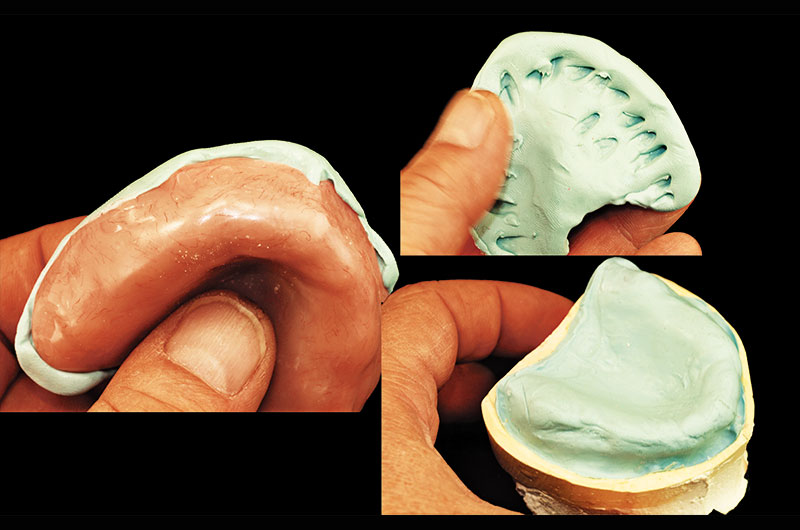
Fig. 5 Fabricating a mounting model with lab putty and a stone base ensures easy, accurate placement and removal from articulated mounting. Make sure to encompass the border roll and ridge form; place retention holes in putty while soft to provide putty to stone retention when you pour the base.
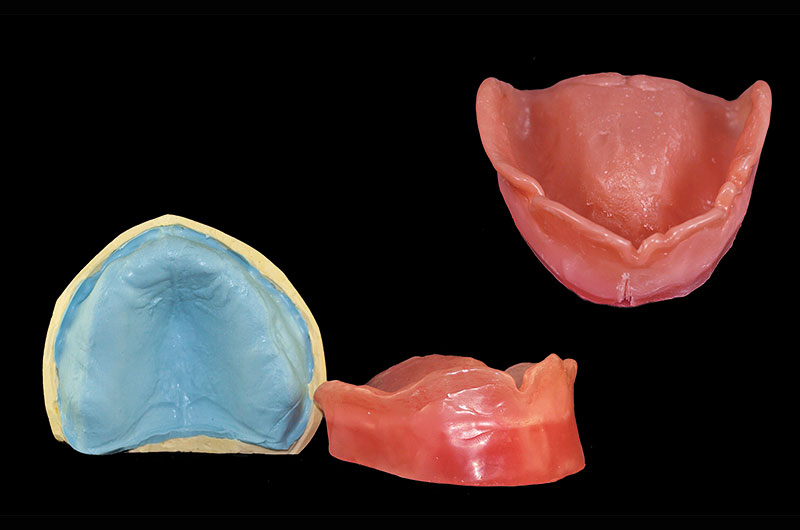
Fig. 6 All-season wax from Yates and Motloid ensures a distortion free record. Baseplates have post dam placed and are polished and finished at the border final, to ensure the truest evaluation of fit.
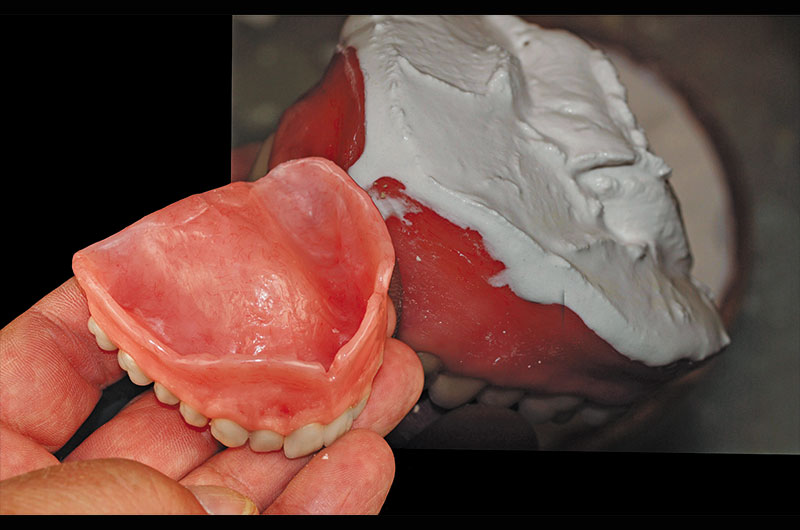
Fig. 7 Once approved, the try-in/processed base is filled with stone to invest. Never process on the lab putty mounting model.
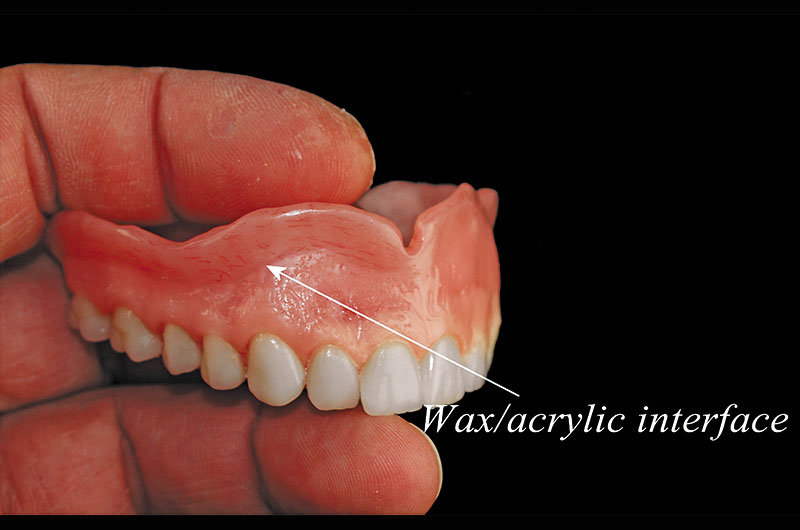
Fig. 8 When investing, cover acrylic up to the wax interface. This will allow flasks to separate easily and provide a non-flashing pack.
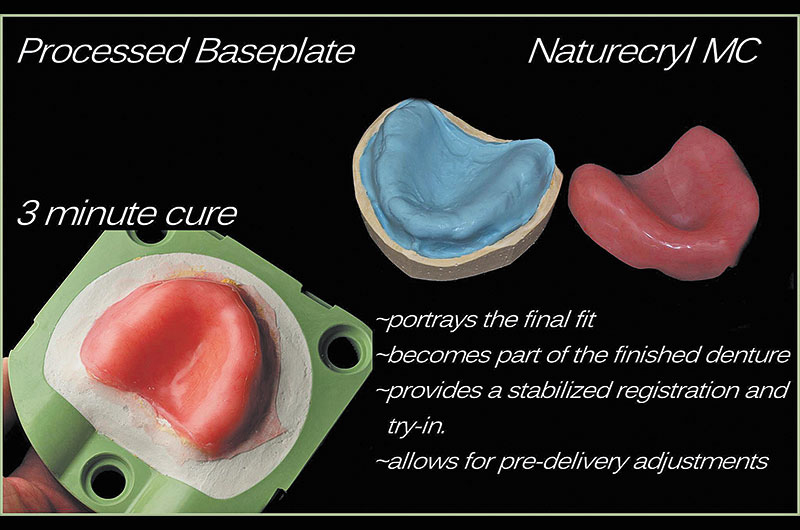
Fig. 9 Some of the benefits of Naturecryl MC.

Fig 1

Fig 2

Fig 3

Fig 4

Fig 5

Fig 6

Fig 7

Fig 8

Fig 9